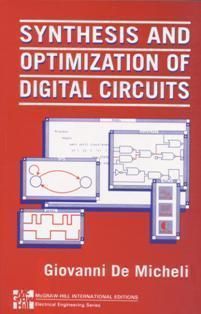書籍分類

Analog Circuit Design: Discrete and Integrated
作者:Sergio Franco
原價:NT$ 1,200
ISBN:9781259252716
版次:1
年份:2015
出版商:McGraw-Hill
頁數/規格:847頁/平裝單色
版次:1
年份:2015
出版商:McGraw-Hill
頁數/規格:847頁/平裝單色
內容介紹 本書特色 目錄 作者介紹
- Description
Analog Circuit Design: Discrete and Integrated 1e is written by enthusiastic circuit practitioner, Sergio Franco. This text places great emphasis on developing intuition and physical insight. The numerous examples and problems have been carefully thought out to promote problem solving methodologies of the type engineers apply daily on the job. Each chapter provides a fairly comprehensive coverage of its title subject.
SPICE has been integrated throughout the text both as a pedagogical aid to confer more immediately to a new concept, and as a validation tool for hand calculations. PSPICE is used to bring out nuances that would be too complex for hand calculations.





